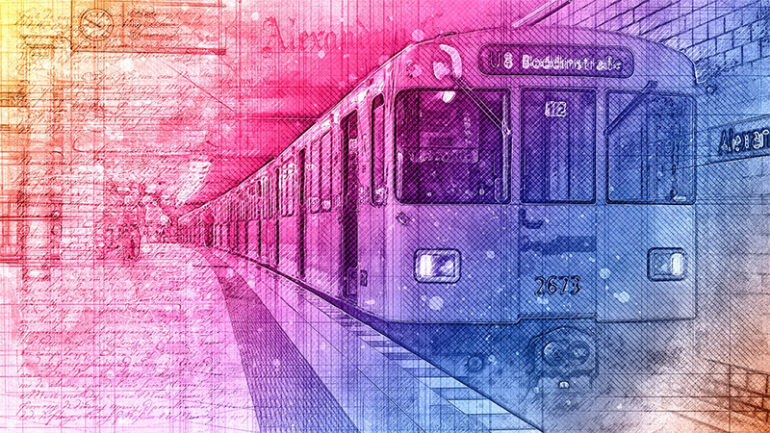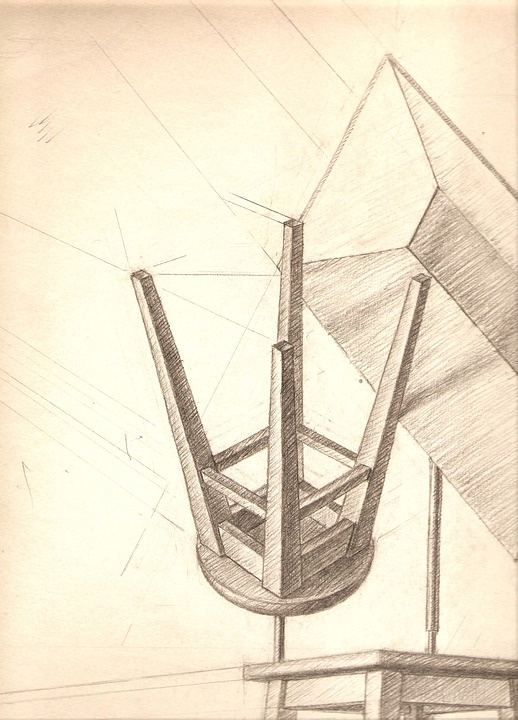For many artists, drawing in perspective is something they struggle with or take a while to learn and master. This may be because artists who draw on a flat surface such as paper find it difficult to translate this seemingly two-dimensional surface into a surface that appears to have depth without actually having any depth. In some cases, perspective can even give the illusion that an object or shape does not end and instead is infinitely extending. Knowing how to use these visual illusions is impressive and essential in some areas of art, such as architecture, where showing the correct dimensions of a structure is paramount.
Real-World Uses
As previously mentioned, a few creative jobs, such as architecture, require them to present accurate representations of the buildings they will construct. Without a skill like this, the finished structure may become unable to use. Other than architecture, another job that would need this skill would be industrial design. Similar to architecture, industrial design creates designs intended for human use. In this line of work, making designs that are pleasing to the eye and ergonomic is highly valued, and drafting designs plays an important part in the overall process, setting the trajectory of the whole project.
Artistic Use
For artists such as painters or pen/pencil artists on the other hand, perspective is something that can turn their pieces more fascinating to the eye. A good example would be changing something as simple as a typical pose into one that looks like it’s been taken by a fish-eye lens instead may help start conversations between the people who look at these works. Drawing in perspective also proves to be quite the challenge as it is something that doesn’t come naturally because it can involve other elements like foreshortening and shading, which both contribute to the overall illusion of perspective.
Value
Perspective is a skill that can either make an artwork look realistic or animated or in some cases, both. This skill has been proven again and again its versatility. It gives artists countless options to create new and unexplored ideas. Moreover, it is a breeding ground for creativity, which pushes the boundaries of what is known as art. Imagine a comic panel where two characters are just facing each other, compared to a panel where one character is on higher ground than the other. These extremely minute changes were able to change the whole context of the scene, showing the full effect of perspective.
Although, admittedly, perspective is a skill that can take years to study and fully master, there is no doubt that it can showcase important details in a work of art. Becoming proficient or at least understanding the basic concept of perspective can already show great improvement in art. And the key to understanding perspective is by repeatedly applying and practicing the skills, whether through drawing or just general observations in the environment. In conjunction with perspective, understanding shadows and foreshortening will also significantly improve an artist’s ability to showcase perspective. And putting all of these skills together will turn an ordinary work of art into something extraordinary.
Photo Attribution:
1st and featured image by https://pixabay.com/illustrations/train-metro-subway-railway-station-3607187/
2nd image by https://pixabay.com/illustrations/drawing-perspective-pencil-table-1586207/

